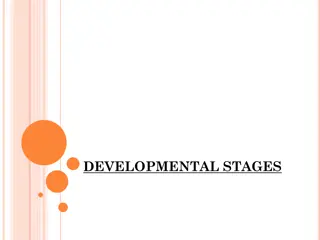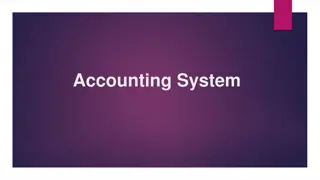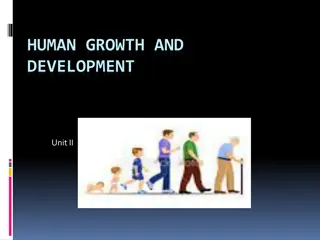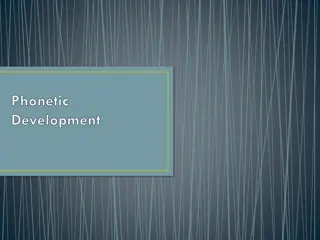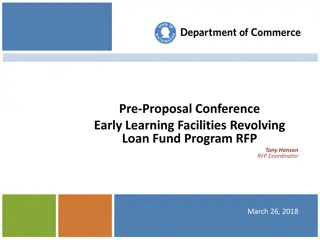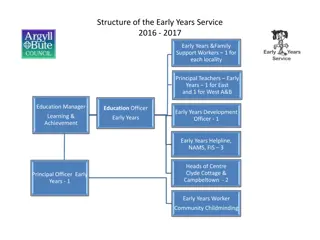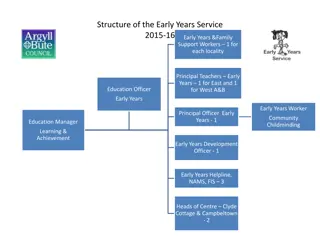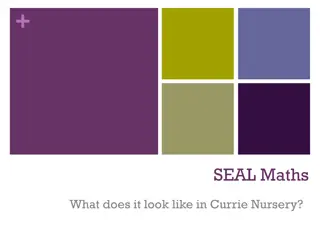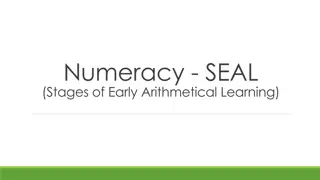Understanding the Stages of Early Arithmetical Learning
Children progress through various stages in early arithmetical learning as they develop strategies to solve number problems. The Stages of Early Arithmetical Learning (SEAL) classifies these strategies into different stages, such as Emergent, Perceptual, Figurative, Counting-On, and Facile. By moving through these stages, children gain a secure early number knowledge and learn to choose efficient strategies for problem-solving, enhancing their mathematical skills. Teaching structures like forward and backward number word sequences, counting visible items, spatial patterns, finger patterns, and temporal patterns play a crucial role in helping children understand and engage with numbers effectively.
- Early Arithmetical Learning
- Number Strategies
- Mathematical Development
- Teaching Structures
- Child Education
Download Presentation

Please find below an Image/Link to download the presentation.
The content on the website is provided AS IS for your information and personal use only. It may not be sold, licensed, or shared on other websites without obtaining consent from the author. Download presentation by click this link. If you encounter any issues during the download, it is possible that the publisher has removed the file from their server.
E N D
Presentation Transcript
SEAL Stages of Early Arithmetical Learning
SEAL: Stages of Early Arithmetical Learning Children develop and use a range of methods to solve number problems The strategies they use increase in sophistication as children gain experience and develop better ways of problem solving Progression needs to take into account the number range that a child can solve problems within and the sophistication of the strategies used The Stages of Early Arithmetical Learning (SEAL) classifies the various strategies used by children into stages
Stages of Early Arithmetical Learning Emergent Child Perceptual Child Most pupils in Primary 1 will cover Emergent and Perceptual Figurative Child Counting-On Child Facile Child Figurative, Counting-On and Facile spans the whole of First Level (P2, P3, P4)
As children progress through these stages they move towards having a secure early number knowledge With this knowledge they will be able to choose the most efficient strategy when dealing with number problems
For example if you ask the child what is 24+3 We want them to know that they should start at 24 and count on by 3 to find the answer Some children will start at 0 and count up to 24 first then add on the 3 which is time consuming and also allows for more errors to be made
For example if you ask them what is 7+5? We want them to know that 7+3 = 10 then add 2 more to find the answer Rather than starting at 7 and counting 5 more to get to the answer
Teaching Structure Forward number word sequences Backward number word sequences Counting visible items Spatial patterns Finger patterns Temporal patterns and temporal sequences
Children need to develop an understanding of how a number looks, sounds and feels in order to fully understand what it means We can use our fingers to make the same number in different ways
Ideas for Home Counting forwards and backwards from different starting points Tell me the number before/after Show me Which number is bigger/smaller Counting out concrete items




